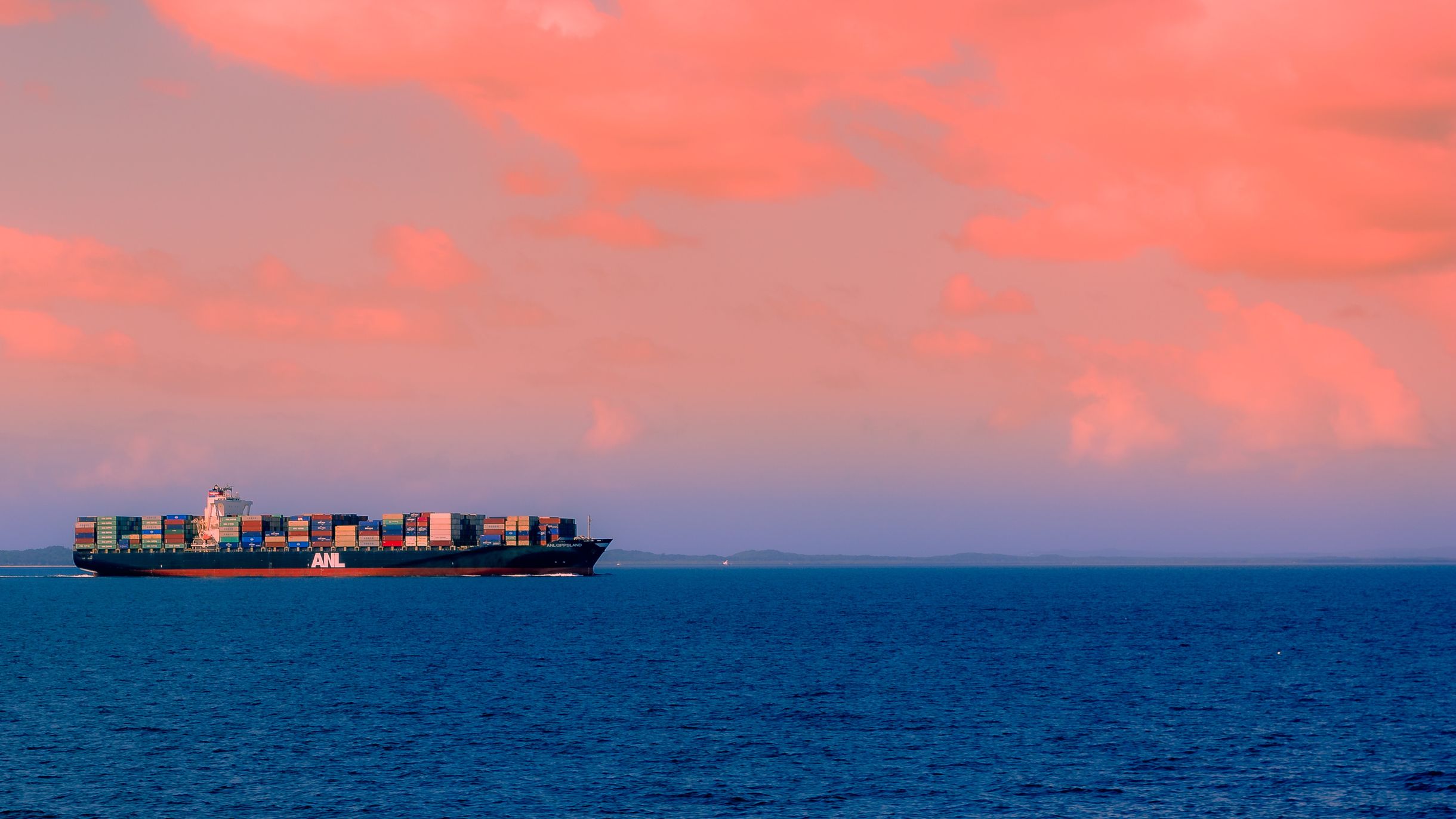Transformation in Shipping
In recent years, the shipping industry has found itself amidst a transformative wave, steering towards a greener and more sustainable future. This transformation is largely driven by a series of stringent regulations introduced by the International Maritime Organisation (IMO), a specialist UN agency responsible for ensuring the safety and security of shipping and the prevention of marine pollution.
Before we delve into the potential solutions that platforms like CoolPlanet can offer in creating a sustainable shipping industry, let's first look at these regulations, to understand their nuances and implications in more detail.
New Regulations and Sustainable Shipping
The new IMO regulations are meticulously designed to reduce greenhouse gas emissions and foster energy efficiency, creating a more sustainable shipping industry.
Exploration of IMO regulations
1. Energy Efficiency Existing Ship Index (EEXI)
The EEXI is a pivotal regulation introduced by the IMO to curb the carbon footprint of maritime operations. But what exactly is EEXI? In essence, it is a non-prescriptive, performance-based mechanism that establishes a required energy efficiency level for each ship type and size segment. It mandates that ships must adhere to specific energy efficiency standards, which are calculated based on a ship's carbon dioxide emissions per transport work (capacity-mile), a unit that combines the cargo carrying capacity and the distance travelled by the ship.
The primary objective is to reduce the overall energy consumption and emissions of ships. It encourages ship owners to focus on operational efficiency, fuel consumption monitoring, and data-driven analytics to track and control the carbon intensity during operation.
To illustrate the impact of this regulation, consider a container ship striving to maintain a favourable Carbon Intensity Indicator (CII) rating, which we will discuss. According to data gathered, the ship must operate at low-end speeds of 16-19 knots or below to maintain at least a 'C' rating, and 12-16 knots for an 'A' rating. This nuanced approach encourages ship owners to adopt energy-efficient practices.
2. Carbon Intensity Indicator (CII)
Now, let's navigate to the CII, a critical component that complements the EEXI. The CII serves as a performance-based mechanism that quantifies the carbon intensity of a ship's operations. It is determined based on the amount of CO2 emissions produced per distance travelled. The IMO expects ships to progressively enhance their CII rating, incentivising ship owners and operators to embrace energy-efficient practices.
The CII operates on a rating system from 'A' to 'E', where 'A' represents the best performance. Ships are expected to maintain a rating of 'C' or better to comply with the regulations. The CII is calculated annually, and ships receiving a 'D' rating for three consecutive years, or an 'E' rating would be required to submit an action plan to improve their performance.
3. Ship Energy Efficiency Management Plan (SEEMP)
The SEEMP, another cornerstone of the IMO's regulatory framework, is a comprehensive plan that delineates the energy efficiency measures to be implemented on a specific vessel. It encourages ship owners and operators to adopt best practices and innovative technologies to enhance energy efficiency and reduce emissions.
During the SEEMP exercises, participants were urged to fill in the implementation plan. The exercises revealed that common strategies for ensuring CII compliance include live CII tracking and implementing measures such as speed reduction or hull coating during dry-docking.
The SEEMP has fostered a collaborative approach, with working group participants sharing insights and strategies to achieve CII compliance. This collaborative spirit is expected to drive innovation and the adoption of advanced technologies in the industry, paving the way for further CII reduction rates.
How Can CoolPlanet Assist the Shipping Industry
CoolPlanet can be a valuable ally in sustainable shipping, providing a plethora of solutions that can assist shipping companies in adapting to the new regulatory framework seamlessly.
1. Data-Driven Insights and Actionable Strategies
CoolPlanetOS, our decarbonisation platform, extracts and analyses data from all sources, (including machinery, equipment, sensors, suppliers, and event ambient temperatures). This data-driven approach enables shipping companies to identify opportunities for decarbonisation, optimise existing systems, and minimise their carbon footprint. All of which facilitate compliance with the new regulations.
2. Energy Management and Optimisation
CoolPlanet's energy management solutions focus on minimising energy consumption and offering balancing services to the grid. By optimising energy usage and implementing energy-efficient practices, companies can significantly reduce their carbon emissions, aligning with the objectives of the EEXI and SEEMP regulations.
3. Professional Services and Expert Support
CoolPlanet offers deep industry engineering expertise and can guide shipping companies towards a net zero result. With a team of world-class leading engineers, data scientists, and subject matter experts, CoolPlanet helps companies identify and exploit opportunities for decarbonisation, offering on-site engineering support to implement identified solutions rapidly.
In conclusion, the shipping industry is at a pivotal juncture, with new regulations ushering in a greener and more sustainable era. CoolPlanet stands as a beacon of innovation, offering solutions that can help companies navigate these changes seamlessly.
By leveraging data analysis, energy management, and expert support, CoolPlanet can assist companies in meeting and exceeding the new regulations, fostering a greener and more sustainable shipping industry.





